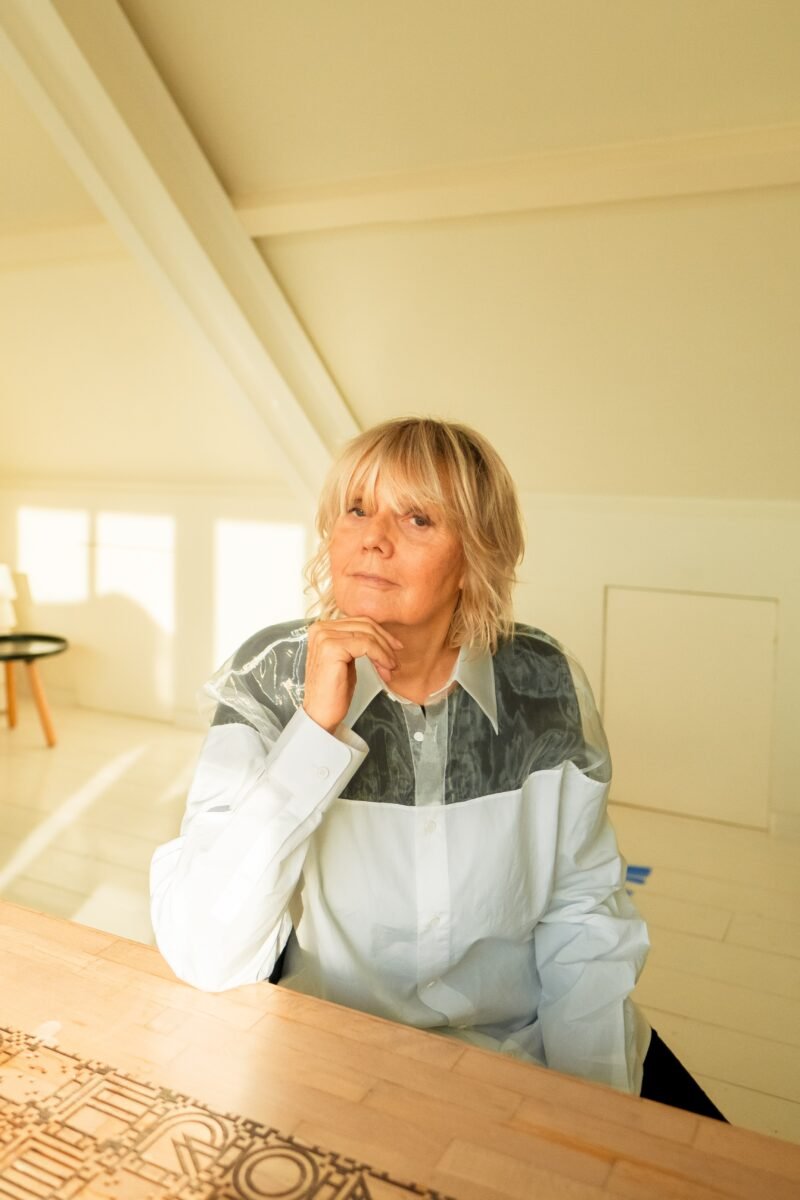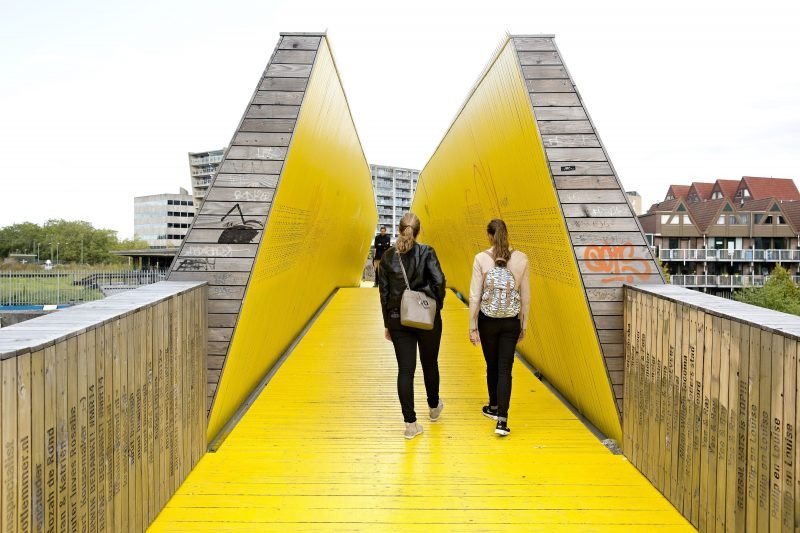Stackable Stalls Turn Empty Spaces Into Vibrant Markets
Every weekend, two empty public squares along the Han River in Seoul transform into the Bamdokkaebi night markets. Initiated by the local government, the vendor stalls provide a medium for craftspeople and designers to sell their work with minimal effort and little to no physical intervention required.
The stalls, designed by Motoelastico, can be moved, folded and stacked on top of each other. They can be compactly stored at the location where they pop-up and can be effortlessly manoeuvred into position. The design offers flexibility to its user and the visitors.
Two different stall designs were developed to fit different needs. For example, on Yeouido, a narrow and long island, several clusters of V-shaped stalls that have roll-up sides for visibility and ventilation were used. They create a streamlined shape that does not obstruct the view of the river behind while allowing the fresh breeze to pass through to cool down the vendors and visitors. By using clusters of several stalls stacked side by side, the narrow boardwalk remains accessible to pedestrians.

The orange stalls let the view and fresh breeze through.
In the Banpo District, which is a more spacious area, the second design was used. The shape of these units offers the same amount of flexibility with stand-alone units that can be arranged in several different configurations, if desired. They can easily form a perfect circle configuration due to their v-shape and the stalls can be stacked like supermarket carts when not in use.

The yellow stalls can form a perfect circle where the site allows for it.

These stalls serve as a fine example for other cities on how to create vibrant and malleable public spaces. Foldable, portable, and even vanishing solutions seem to be the future of cities in order to squeeze the most out of every square.



